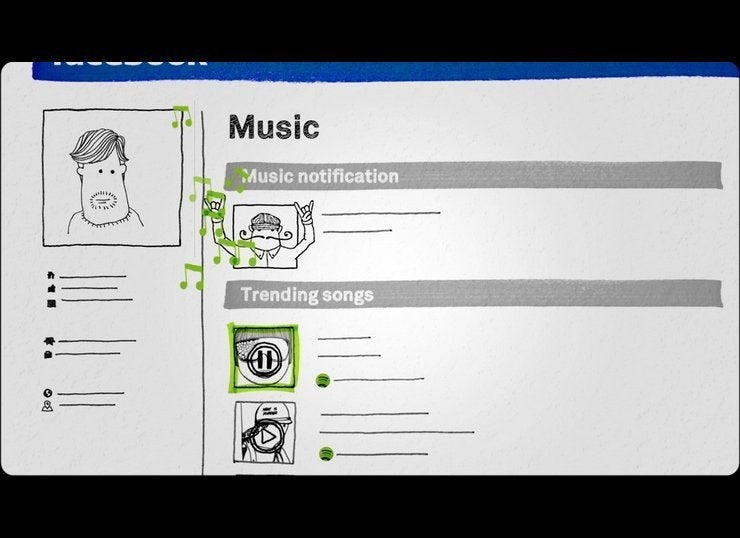LinkedIn wants to be the first place you go when you wake up, and the last thing you check before you go to sleep.
The site, which bills itself as the "world's largest professional network," has over the last few years morphed from a place to store an electronic version of your resume and occasionally look for a job to a full-fledged platform for news, commentary and discussion.
LinkedIn is positioning itself as the Facebook for professionals, leaving the world's largest social network for status updates and Instagrams of your food while focusing intently on becoming a source for information relevant to your profession.
And with LinkedIn's recent purchase of Pulse, a mobile news reading application that claims 30 million users, and last week's launch of a redesigned iPhone application that focuses on personalized news, the company has signaled that it's serious about engaging users with content.
"LinkedIn is becoming that one-stop, all-around platform for business professionals," said Kim Celestre, a senior analyst at Forrester Research.
"They're really positioning themselves as relevant for business professionals, unlike Facebook, which isn't as relevant for business professionals," Celestre added. "I think LinkedIn has really established that foothold."
Two years ago, LinkedIn launched LinkedIn Today, which curates news based on a user's connections and what people within his or her industry are reading and sharing. And last fall, it launched Influencers, a blogging platform that includes original content from luminaries like Richard Branson, President Barack Obama and Meg Whitman.
Betting on content has paid off. Member page views grew 67 percent in the fourth quarter of 2012 from the year earlier, which suggests that members are not just coming to the site to look at resumes and profiles, but are returning for the content.
And that's where Pulse comes in.
Pulse, which began as a mobile app in 2010, aggregates content from more than 750 publishers and presents it in a tiled display on iOS and Android devices as well as on the Web. LinkedIn has not commented on what it will do with the company, beyond what it said announcing the acquisition, that Pulse "will continue to be supported as the integrated Pulse and LinkedIn teams work to build future generations of professional content consumption products."
Analysts said that the buy will not only help enhance LinkedIn's mobile experience, but will also allow the company to increase engagement -- and ultimately revenue -- across the site.
"What Pulse provides LinkedIn is the ability to offer LinkedIn members an easier way to curate content that is relevant to them," said Celestre.
"It just adds to that whole content personalization experience," she added.
Personalized content is, of course, more engaging. And more engaging content keeps users on the site, which means more revenue from ads.
"It is definitely going to help them with data," Agata Kaczanowska, a senior analyst at IBISWorld, said of Pulse. "The more user engagement they have, the more data they will have about the users. That translates into targeting advertising."
But Pulse's value to LinkedIn may extend beyond targeted display advertising.
Linkedin is different than other social networks because advertising accounts for only about a quarter of the company's revenue. Facebook got 84 percent of its revenue from advertising last year.
The majority of LinkedIn's revenue comes from paid services, including a premium subscription for professionals and LinkedIn Recruiter, a tool for talent acquisition. Those paid services rely on troves of data -- much of it, like educational and professional information, entered by the user.
A yearly subscription to LinkedIn's flagship recruiting tool costs an average of about $8,000 per account. For that product to stay competitive with headhunters and other companies with human resources tools -- LinkedIn cites Oracle, IBM and SAP as rivals -- the company needs to continue to improve Recruiter, which it could do through data gleaned from members' account activity.
Because members are signed into their LinkedIn accounts when they're reading, sharing and discussing, more information about what members are reading may provide better data to power the company's premium search tools.
LinkedIn has managed to increase subscription services year after year, and the company has been a darling of Wall Street. The stock price of has soared since it went public in 2011 at $45 a share, and is now hovering around $175.
"Now you've got a place for an individual to repeatedly, on a daily basis, come back and tap into news," said Celestre. "There's more motivation for people to make sure their profiles are updated, which makes the member profiles even more valuable."
